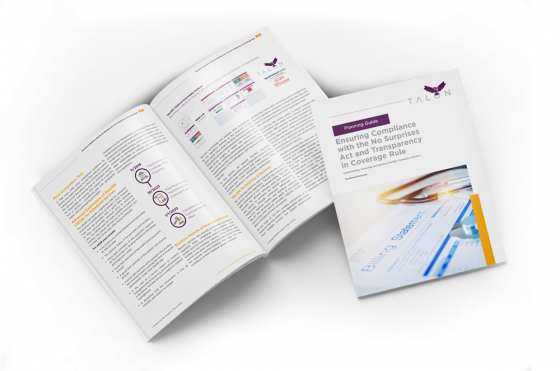For no good reason, HDHP has become a dirty four-letter acronym for healthcare consumers.
The WebMD article, “Why Your Employees Are Afraid of Your High-Deductible Health Plan (HDHP)—And What You Can Do About It”, by Christine Muldoon, Senior Director of Health Plan Market Strategy, may be from 2013, but it’s even more relevant today, as an increasing number of employers are offering HDHPs as their only health insurance option.
High-deductible health plans offer low premiums in exchange for high deductibles, and it’s the high out-of-pocket exposure from HDHPs that makes employees fearful of switching to these plans. However, when paired with a health savings account (HSA), fear can be eliminated and employees and employers can save big on healthcare.
For example, a company with 100 employees could save $120,000 per year in healthcare premiums by choosing an HDHP plan!
Save your employees money on healthcare. Sacrifice nothing.
Employers can keep employee out-of-pocket costs virtually the same as when they offered low-deductible health plans by funding HSA accounts with the money saved on lower premiums by switching their employees to high deductibles. If needed, employers can supplement with health reimbursement arrangements (HRA) to further offset employee out-of-pocket expenses.
Why HDHPs?
- Drastically reduce premiums for employers.
- With more skin in the game, employees are incentivized to minimize out-of-pocket expenses and become cost-conscious consumers.
- Under the ACA, preventive care is covered with no out-of-pocket expense.
- Long term, utilizing preventive care reduces claims expenditures for employers by avoiding possible complications from an underlying illness.
- Why HSAs?
- Both employers and employees can make pre-tax contributions at any time, even monthly.
- Employees can make tax-free withdrawals from their HSA at any time to pay for virtually any out-of-pocket medical expense.
- Unlike other medical savings accounts, the unused balance in the employees’ HSA will roll over at the end of the year, so they can keep building their savings!
- When employees turn 55, they can contribute an extra $1000 per year to their HSA.
- When employees turn 65, they can make tax-deferred withdrawals, just like a 401(k)—it’s essentially another retirement account!
It’s a win-win!
So, why isn’t everyone choosing HDHPs?
To put it simply, there are two big reasons:
First, insurers don’t want to promote HDHPs because lowering premiums reduces their profit. It’s their dirty little secret. And they’ve done a great job of keeping us fearful of HDHPs for their own monetary gain.
Second, the success of HDHPs largely depends on employees becoming cost-conscious consumers. To minimize out-of-pocket expenses, employees need tools to comparison shop for healthcare procedures.
Until now, you haven’t been able to compare prices for care because they have been a well-kept secret.
Insurance companies and a few other insiders like to keep us in the dark. Why? Because they make more money when we spend more. Reducing claims lowers their profit. By contrast, you want to save money (without sacrificing quality) and they want you to pay more.
Have no fear, MyMedicalShopper is here!
MyMedicalShopper enables true comparison shopping for medical procedures by shining a light on the secretive world of healthcare pricing. It empowers employees to spend their hard-earned dollars more wisely. MyMedicalShopper shows accurate and comprehensive prices charged by providers for more than 10,000 medical procedures.
Need a thyroid test in Portsmouth, New Hampshire? You could spend $28 at one facility or $204 at another facility half a mile away.
MyMedicalShopper also simplifies tracking deductibles and administration of HSA/HRA accounts for employers and employees.
Let’s shine a light on this dirty little secret!
Start saving your business and your employee’s money on healthcare today. Check out MyMedicalShopper for business.







